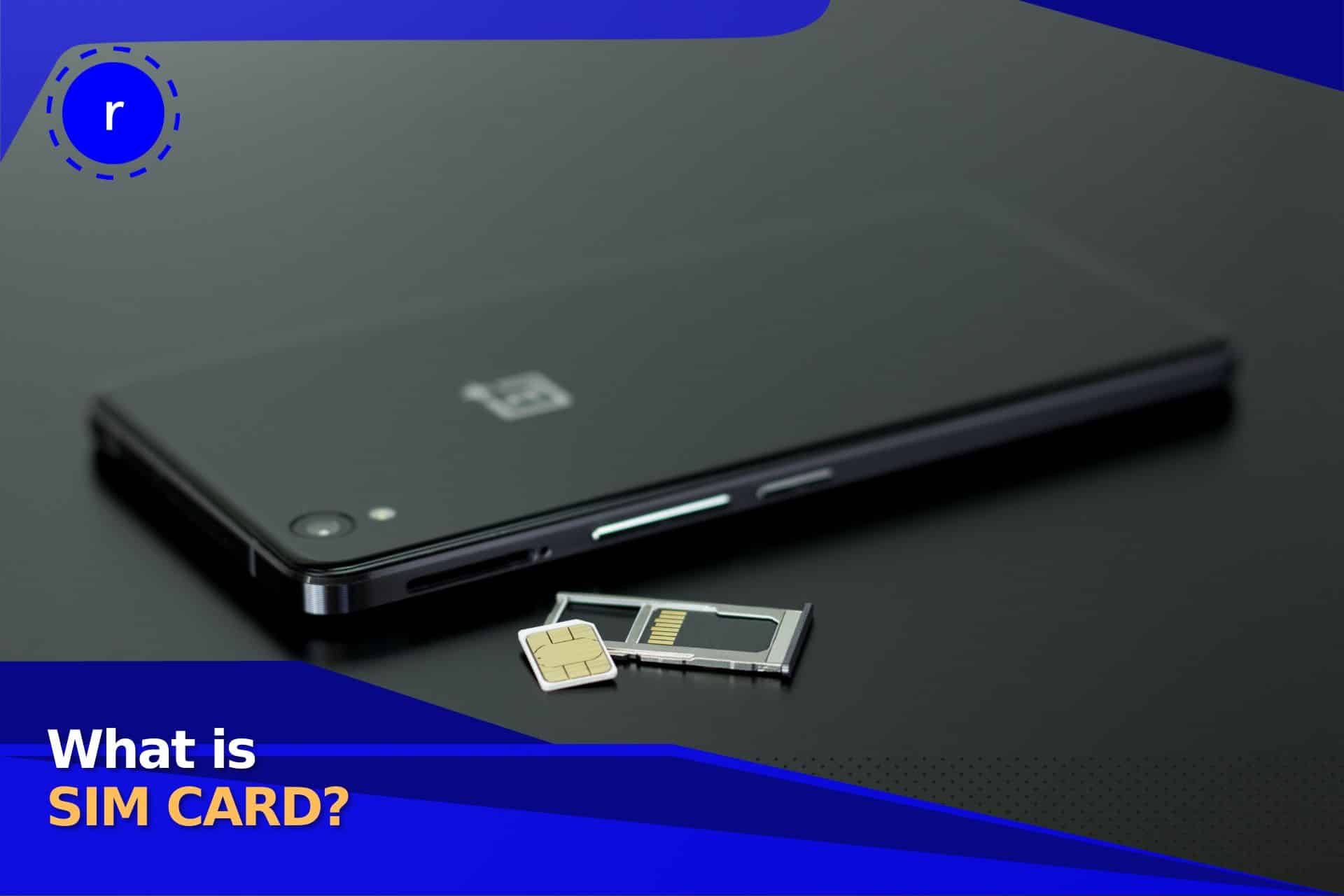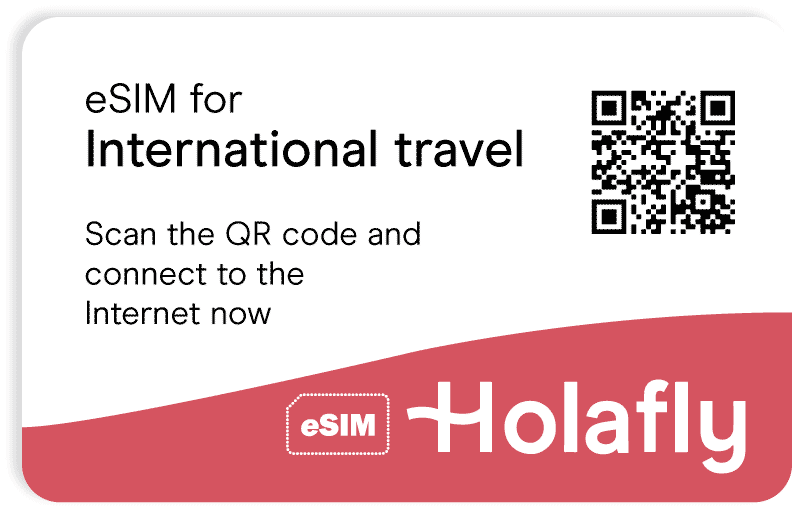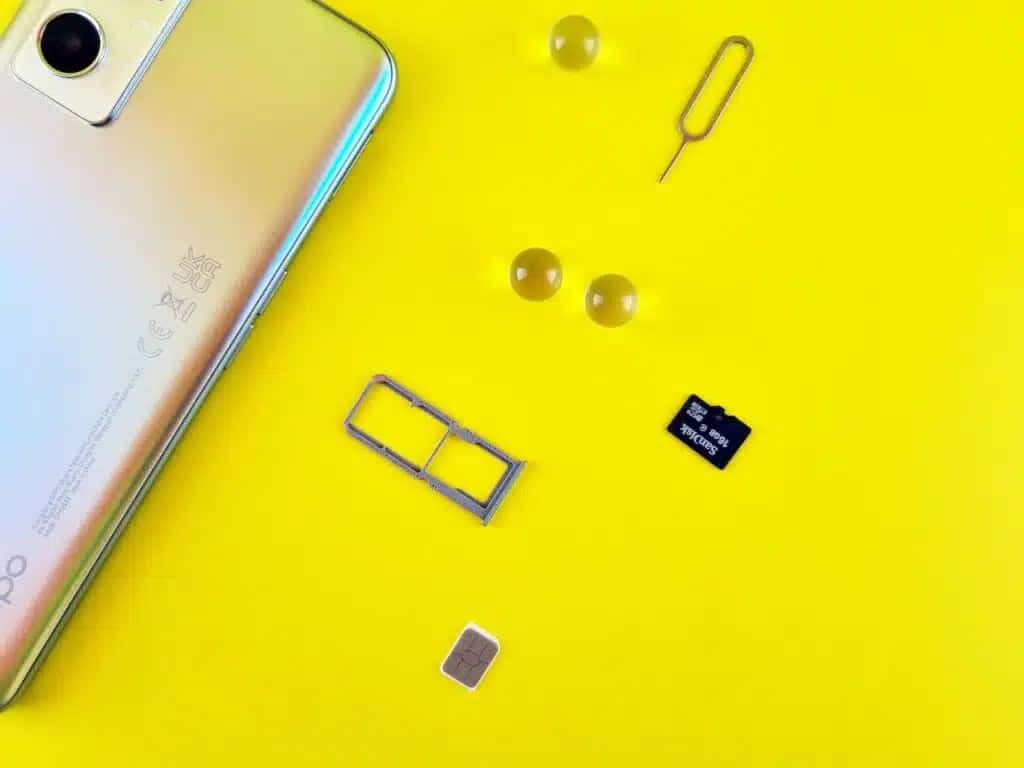SIM Cards
Best SIM card and its alternatives for Egypt in 2024
Find out the advantages, how, where and which is the best SIM card to travel to Egypt this 2022.
Advertising Disclosure
Roami was founded to serve as a trusted resource for travelers in need of reliable internet solutions abroad. Our team, comprising avid travelers, provides comprehensive reviews and guidance on data SIM cards, eSIMs, pocket WiFi devices, and free WiFi apps, drawing from firsthand usage during our travels.
We are committed to offering unbiased and thorough recommendations. To support our website, we earn affiliate commissions from links to products on our site. While our reviews are independent and based on our own experiences and detailed product testing, these commissions allow us to cover costs and continue bringing valuable advice to travelers worldwide.
Our reviews and articles are updated regularly to ensure relevance and accuracy. Please note that we may not review every product in the market, but we strive to cover as many as possible to maintain a wide-ranging resource for our readers. Join us at Roami to stay connected wherever your travels may take you.

In the fast-paced world of technology, we are surrounded by endless devices and gadgets, some of which have become an essential part of our daily lives. Some fancy words that we often hear, but may not fully understand, is the SIM card. So, what is the SIM card, and how does it work? It’s a critical component of our wireless connectivity and, in its most primary sense, it’s the item that allows us to communicate in an increasingly digitized world. From the simplest phone call to the most complicated internet browsing, nothing would be possible without this little chip.
In our previous posts, we talked about the prepaid eSIM card and its critical role in our trips. But have you ever wondered how its predecessor, the SIM card, allows you to stay in touch with the world and have access to so many services? Through its connection to the cellphone network, the international SIM card unlocks a world of possibilities, allowing your device to get voice and data services. One could say that it’s the golden ticket for travelers looking to stay in touch, no matter where they are in the world.

Table of Contents
Before we dig into how these small components work, it’s important to understand what a SIM card is. The term “SIM” is an acronym that stands for Subscriber Identity Module. This name already gives us a clue as to its main function. Just like a passport gives a person an identity abroad, the SIM gives our cellular device a unique identity in the telephone network.

This SIM card is a smart microchip that stores critical information. It serves as a bridge between your mobile device and your service provider’s network, giving you an identity as a single user and providing access to voice and data services. And if you’ve ever wondered how your provider knows who you are when you make a call or use data, the answer is simple: the SIM card.
Moreover, in this era of advancing technology, the SIM card is also evolving. The arrival of the eSIM, a virtual SIM card, is changing the landscape of mobile connectivity. With no need for a physical chip, the eSIM is embedded in the device and can be set to access any carrier’s network. This innovative technology not only lightens our devices but also provides greater flexibility and convenience, allowing travelers to easily connect anywhere in the world via a prepaid eSIM with data, creating a new competition between eSIMs vs. SIMs for travelers. Remember that you must have a compatible phone to use a digital SIM.

When you look at a SIM card, you may think it’s just a simple piece of plastic with a chip in the middle. But did you know that this small object holds a lot of complex technology inside? The SIM card is made up of several components, each with a specific function, that work together to make our mobile connectivity possible. Let’s take them apart one by one to better understand how they work.
The core of any SIM card is the embedded chip. This is where the critical data that identifies your device on the cellular network is stored. The chip can store a range of data, such as your phone number, service provider, contacts, and messages. Storage capacity has evolved, with modern SIM cards being able to store much more than their predecessors.
When looking at a SIM card, you’ll notice a series of small metal contacts. They play a key role in the connectivity of your device. They act as the connection bridge between the SIM card chip and the device, allowing the transfer of information between them. Simply put, they are the physical link that allows your SIM card to ‘talk’ to your mobile device.
SIM cards are available in different formats, mainly mini-SIM, micro-SIM, and nano-SIM. Each format corresponds to the card’s size and is compatible with various devices. The latest smartphones often use nano-SIM cards due to their small size, while older models may require a mini-SIM or micro-SIM. It’s important to keep in mind the correct format for your device to ensure that your SIM will work properly.
Understanding how a SIM card works may seem challenging at first, but the truth is that each component of the card has a specific function that, when put together, allows our mobile device to work. Upon inserting a SIM card into your device, its initial task is to register and authenticate with the wireless network. This process involves a series of checks to confirm that the card is valid and authorized to access the network. Authentication plays a crucial role in ensuring security by safeguarding against unauthorized access to and usage of telecommunication services.
After successful authentication, the SIM card assumes the responsibility of storing information. This small device stores a large amount of personal data, such as your contact directory and SMS messages, as well as crucial operator information, such as your unique user ID. It’s also responsible for allocating your phone number and related services, such as voice, mobile data, and messaging services. The SIM card is an excellent choice for international travel due to its straightforward and swift operation.
And, as if all that wasn’t enough, the SIM card is evolving to offer even more benefits to users. The eSIM, a digital version of the SIM card, is changing the way we connect to mobile networks. Innovative companies like Holafly have made it possible for users to switch carriers or data plans seamlessly, eliminating the need to go through the inconvenience of physically changing a card. By simply selecting their new plan on their device, users can have automatic access provided through the programmed eSIM.
This not only streamlines the process of switching carriers but also provides greater flexibility for users, especially travelers who need to stay connected, no matter where they are in the world. They will no longer have to buy a SIM card for Europe or SIM cards for the Americas.
Up to this point, we have covered the definition of a SIM card, its constituent components, and it’s functioning. Curious about the activation process for a new SIM card and how to start using it on your device? Don’t worry, we will now provide a detailed explanation of how to activate it.
The first step to activating a SIM card is to buy it. You can usually get a SIM card from a mobile service provider. When purchasing a new mobile device, certain providers include the SIM card as part of the package, whereas others offer the option to buy it separately.
Once you have the SIM card, the next step is to insert it into your mobile device. The location of the SIM card slot may vary depending on the model of your device, but it’s typically situated on the side of the device. To prevent any damage, it’s crucial to ensure that you insert the SIM card in the correct position.
Now that the SIM card is securely inserted into its slot, the next step is to power up your device and follow the instructions given by your service provider. In most cases, your device will automatically detect the new SIM card and begin the activation process. This process may include entering a PIN for the SIM card, as well as setting up some services and features.
Lastly, after completing all the necessary set-up steps, it’s vital to verify the successful activation of the SIM card. You can do this by making a call, sending a text message, or trying to connect to the internet. Once all these services work properly, you can be sure that your SIM card has been successfully activated.
Although activating a physical SIM card can be time-consuming, companies like Holafly are simplifying the process by incorporating eSIM technology. To activate your data plan with an eSIM from Holafly, all you need to do is scan a QR code and follow a few instructions. The ease and efficiency of eSIM activation have made it an increasingly favored choice among contemporary users. To delve deeper into this topic, you can read our post on eSIM activation with Holafly.
In this era of digital advancements, safeguarding personal data and ensuring security has become paramount. The SIM card, acting like a secret vault for all your private info, is no exception. Luckily, there are a bunch of things we can do to make sure our SIM and personal data inside it stay secure.
One of the first and most effective ways to protect your SIM card is through a PIN code. Similar to having a password for your smartphone or email, a PIN (Personal Identification Number) is a code that you need to enter to access your SIM. Having this extra layer of security ensures that even if someone takes your phone without permission, the data stored on your SIM card remains safe and protected.
Apart from using a PIN, there are several other steps you can take to safeguard the data stored on your SIM card. For example, you can refrain from storing sensitive information like passwords or credit card details on your SIM card. You can also utilize the lock functionality on your phone to provide an additional layer of security.
If your SIM card is lost or stolen, it’s essential to take prompt action. Immediately notify your service provider so that they can lock your SIM and prevent any unauthorized usage. They will assist you in getting a replacement SIM card and transfer your phone number and other associated services.
Now that you clearly understand what a SIM card is, if you’re interested in using one for your upcoming trips, we recommend checking out some posts that guide how to get a SIM card.
SIM Cards
Best SIM card and its alternatives for Egypt in 2024
Find out the advantages, how, where and which is the best SIM card to travel to Egypt this 2022.
SIM Cards
6 Best SIM Cards for Europe in 2024
Discover Europe, post photos, videos or use google maps, without worrying about your roaming bill. We compare three Europe SIM cards
SIM Cards
SIM card New York: prices and where to buy?
Avoid roaming and stay always connected with an Unlimited data SIM card for New York, we tell you about this great alternative and more.
SIM Cards
The best prepaid SIM Card for South Korea: prices and where to buy?
Find out how to get a South Korea SIM card for your trip to South Asia. You can purchase them from anywhere in the world.